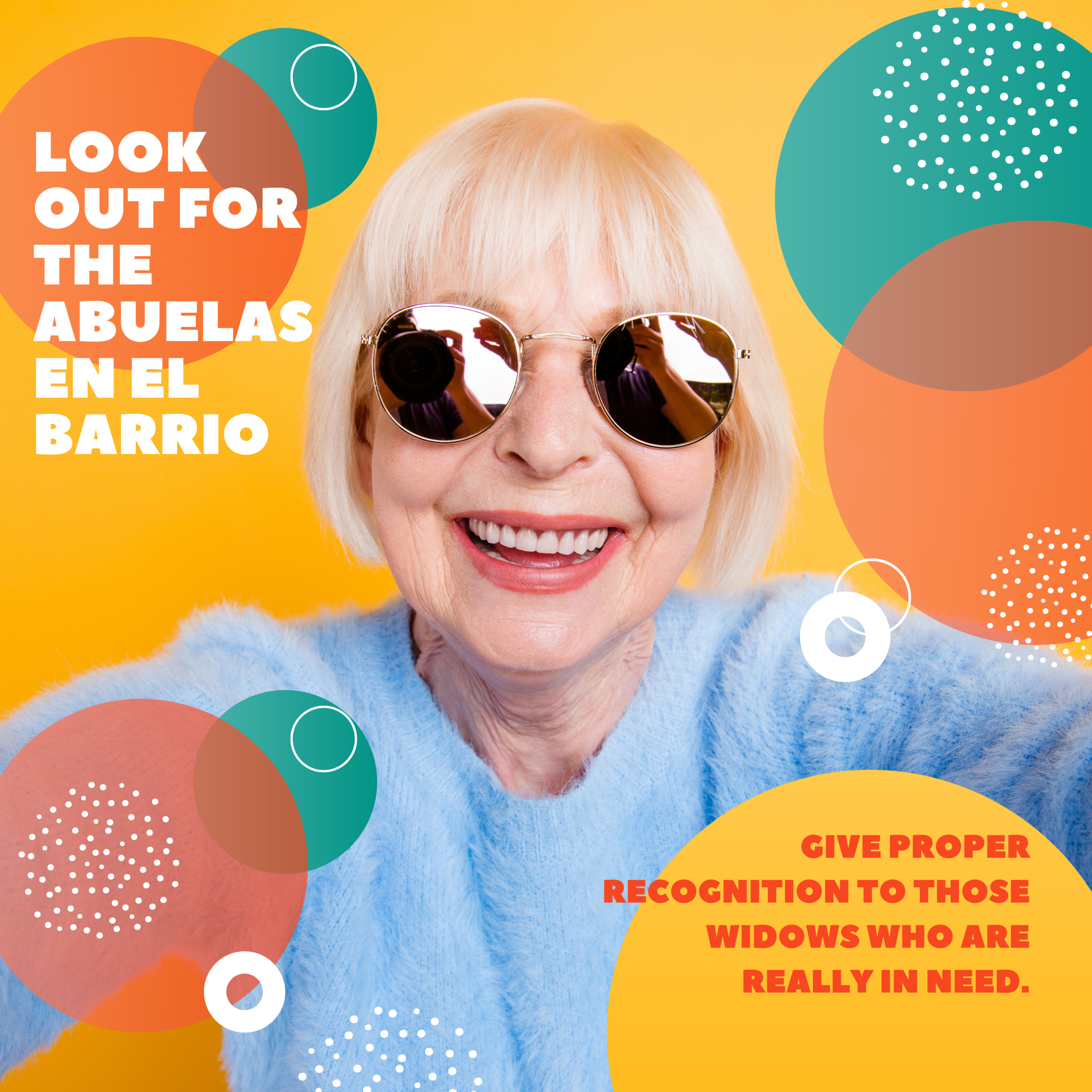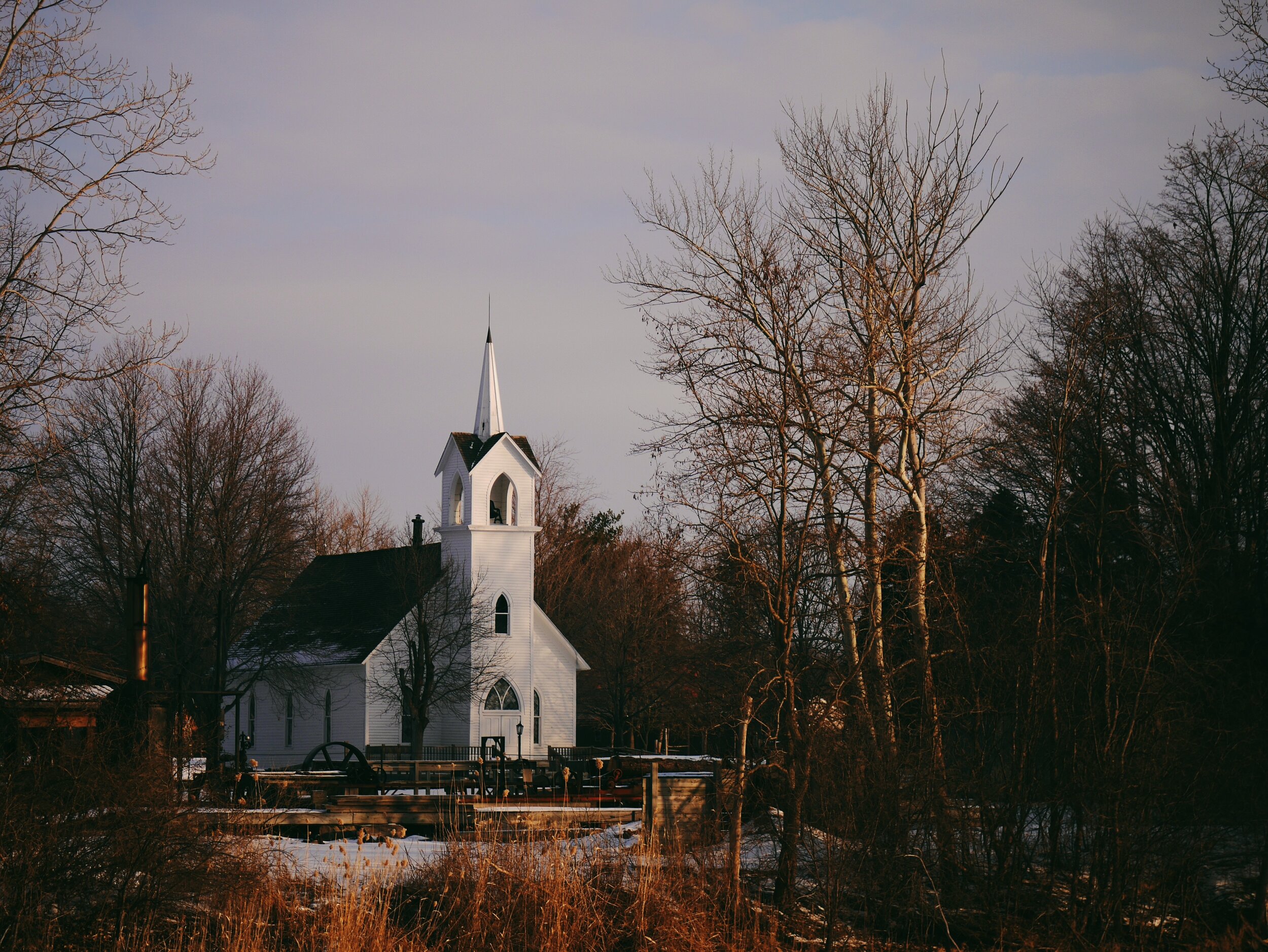For the Abuelas en el Barrio
This week many church leaders made the hard decision of going virtual these upcoming Sundays. More so, it was made clear through official statements made by the World Health Organization (WHO) and the US Center for Disease Control and Prevention (CDC) that we have not yet reached the height of medical or financial devastation in the US or the world. Many are getting the sense that things are going to get worse, before they get better.[1] Anxiety and fear are pervasive among our friends, family, and congregants.
Only a short scroll through social media makes it appear that we as a country have lost a sense of cordiality and neighborliness. The videos of people stampeding over one another to grab rolls of toilet paper would seem comical, if not contrasted to the images of our elderly standing in a picked-over grocery aisle empty handed. In times like these the Church must ask: “How do we respond faithfully during this pandemic?”
Moving to a virtual format is a valuable first step, as it recognizes the need for “social distancing” to keep safe the most vulnerable of our communities. However, while this is a good first step, I would argue it is still simply just the first step of a potentially long journey. A good next step is to reflect on our society’s current actions and rhetoric and ask, “What do these tell us about how we understand our world”?
“Every Man for Himself” | Counteracting an Economy of Scarcity
“Then the Lord said to Moses, “I will rain down bread from heaven for you. The people are to go out each day and gather enough for that day. In this way I will test them and see whether they will follow my instructions.” ”
The sense of not having enough, or eventually coming to a place of not having enough is arguably what is driving the mania that has people flocking to the stores to buy items in bulk. The anxiety of not enough is a tell-tale sign of a culture that exists in an economy of scarcity. These mentalities and sensibilities don’t just happen overnight, they come from years of formation. Within Western culture, individuality is a virtue. It is good to look out for yourself. While this comes with benefits, like the ideals of democracy and of individual voice, it also comes with pitfalls.
The Christian faith has a history of counteracting the economy of scarcity. In the wilderness, the people of God had to submit to vulnerability, believing that God would provide day by day. And despite disproportionate collection, “some gathered much, some little,” (Ex. 16:17) God always made sure his people had enough. In fact, it was the hoarding of goods that produced rot (Ex. 16:20). Unlike the rest of the world, ours is an economy of enough.
If we are going to make it through this time, with some semblance of sanity and good-will, it is incumbent upon the Church to innovate and implement systems that counteract the current economy of scarcity. This could look as simple as encouraging your fellow congregants and friends to take only what they need to last them for the next two weeks at the stores, in order to reduce hysteria and defy this sentiment of scarcity.
We find that acting based on scarcity eventually produces scarcity. The economy of scarcity is a self-fulfilling prophecy. When individuals decide to take beyond their need, someone else suffers disproportionately. This is currently reflected by the desperate positions of many of our elderly.
“It’s okay, I’m low-risk.” | Learning How to Honor Lola
“But if anyone does not provide for his relatives, and especially for members of his household, he has denied the faith and is worse than an unbeliever.”
It has been made common knowledge that the most vulnerable of our communities in this time of pandemic are our elderly and those with pre-existing conditions (e.g. those with auto-immune disease, going through chemo, etc.). So, while it may not seem like the disease poses a significant threat to you or your immediate family unit, the same is not true for everyone in your congregation. We must ask ourselves always how we are actively seeking to honor everyone, especially the most vulnerable of us.
In the Filipino culture, it is very common for elderly family members to live among younger generations in the same household. Intergenerational contact is normative; one household could hold up to four generations. The idea of leaving Lola (Abuela) by herself or in a nursing home, is a relatively foreign concept. In addition to this, the elderly in your “barangay” or “barrio” are also met with a great deal of respect. Thus, the well-being of the elderly is naturally taken into consideration. Now, this does not mean that there is no anxiety of scarcity in Filipino/as, but in days like these I find myself reflecting on my culture. I am compelled to stop and consider the ways that my heritage teaches me how to love my community, especially the Lolas and the Lolos of them.
When writing to Timothy, Paul makes a seemingly indicting statement that to not provide for relatives is paramount to denying the faith. This seems almost counterintuitive to the scarcity mentality that I just described, especially since many are hoarding with their families in mind. Keep in mind that the Biblical context was perhaps much more similar to intergenerational contexts, like that of the Philippines, and less like our Western, individualized contexts. In a Filipino culture, we would read this to apply to the most vulnerable in our family units. Therefore, every action we take during a communicable pandemic is taken with care and always takes into consideration our Lola and Lolo at home.
The Church can learn a valuable lesson from its Filipino members during this crisis. We must prioritize and give special care to not just our elderly, but our most vulnerable brothers and sisters. We must not operate based on an assumption that most of us are "low-risk," but rather keep in mind that among us there are thousands of people, seen and unseen, who are especially vulnerable to this illness. Because we are a body, a family, that includes people who are vulnerable, we are compelled to protect them with our actions as best we can. The Body of Christ must be conscious of every member, including our Lolas y Abuelas. As one Body our identity, and thus our “risk,” is always absorbed in the whole of our community.
What Does It Take to Be a Neighbor?
When the world is in crisis, it is easy to feel overwhelmed and lose sight of our immediate context.
In times like these, I almost feel like the lawmaker who asked Jesus the question, “Who is my neighbor?” This question, of course, inspired Jesus to tell the parable of the Good Samaritan. What I often forget is how economically prodigal or reckless the Samaritan Man was in response to the hurt stranger on the side of the road. He poured out oil and wine, expensive commodities, to address the man’s wounds, and he paid for the man’s accommodation and any other possible costs. The Samaritan was lavish in his care for a stranger. At the end, Jesus asked his initial inquisitor: “Which of these do you think was a neighbor[...]?”
To which the inquisitor answers, “The one who showed mercy.”
In truth, neighborliness finds its fullest expression when we not only consider the needs of the most vulnerable, but when we consider their needs more important than our own. Ministry at this time cannot simply end at accommodating a mandate of “social distancing,” it must venture on into neighborly acts.
Going virtual is a meaningful first step for many churches, but there is more work to be done. Many church leaders in my area have taken it upon themselves to mobilize the healthy and able in their churches to assist their most vulnerable. They have asked those in their congregations who are over 60+ and most at risk to contact them directly with a shopping list and have made plans to find shoppers for them during this time. This is an innovative way to counteract the anxiety of scarcity, create opportunities of intergenerational partnership, and actively pursue the act of neighborliness. The Church needs more innovative ideas such as these.
What are the ways that you can be a neighbor today for those who are most vulnerable? If you are already living out neighborliness, share them with us using #WOSNeighbor #forAbuela!
“Jesus asked: “Which of these do you think was a neighbor[...]?” The expert in the law replied, “The one who showed mercy.” Jesus told him, “Go and do likewise.””
About Jelyn Leyva
A Second-generation Filipina born in Tampa, FL, Jelyn Leyva graduated Moody Bible Institute in Chicago on May 2017 with a Bachelor’s degree in Women in Ministry and an Interdisciplinary in Theology. She is currently in Los Angeles, CA pursuing an MDiv at Fuller Theological Seminary with her emphasis in Christian Ethics. Having lived in various places in the US, Jelyn’s interest lie in the complex history and multi-ethnic life of the Protestant Church in the US. Her hope is to serve this church and its many colors with the consideration of traditional and contemporary theological scholarship.
Footnote
[1] “Coronavirus: Over 1,000 Cases Now In U.S., And ‘It’s Going To Get Worse,’ Fauci Says,” NPR.org, accessed March 19, 2020, https://www.npr.org/sections/health-shots/2020/03/11/814460233/coronavirus-1-000-cases-now-in-u-s-and-it-s-going-to-get-worse-fauci-says.






















